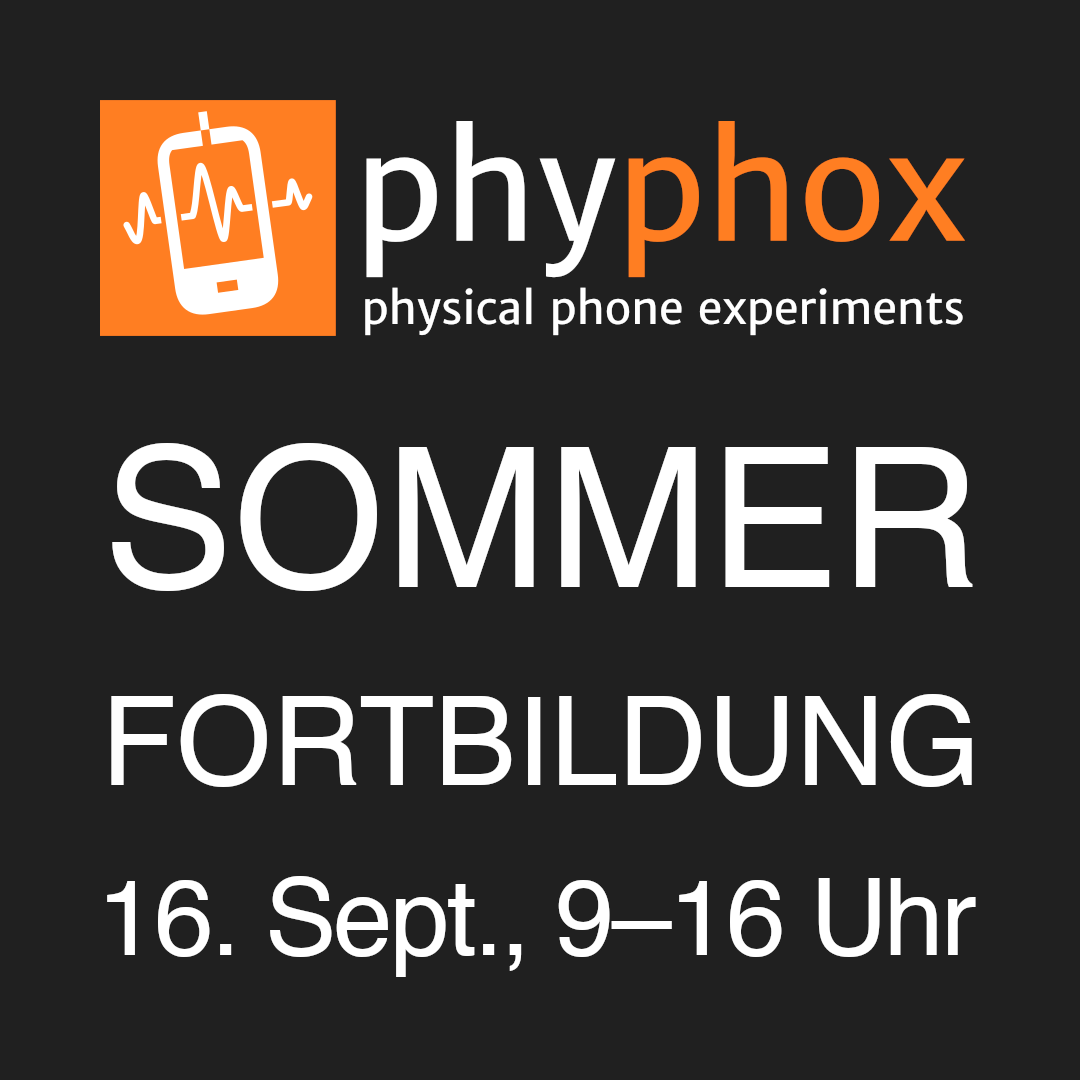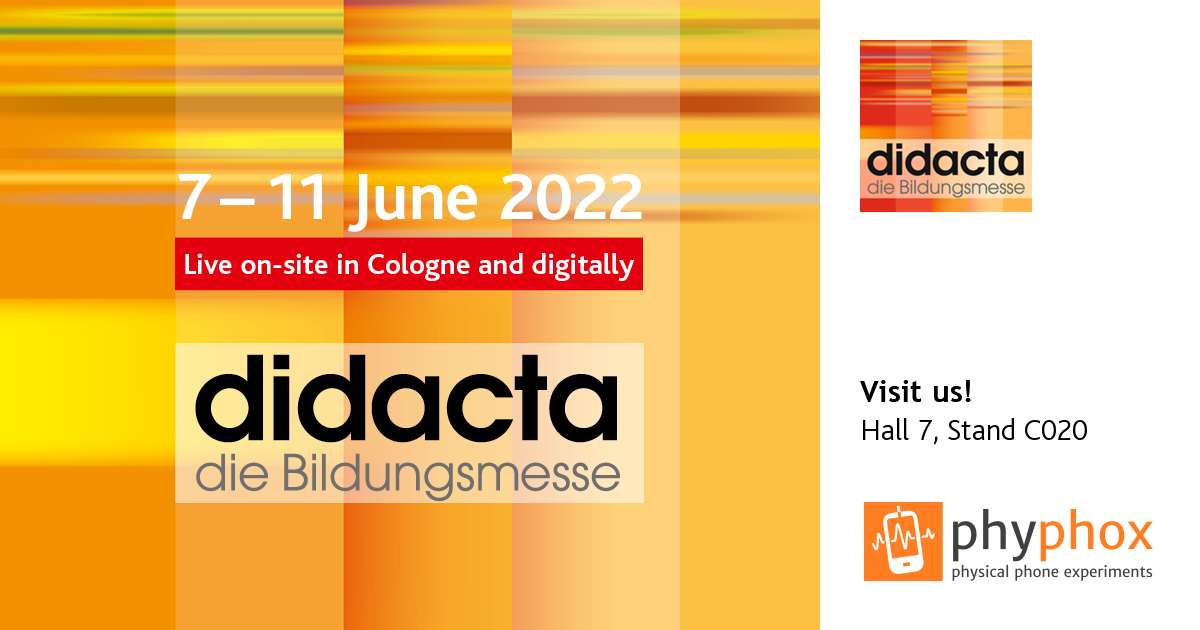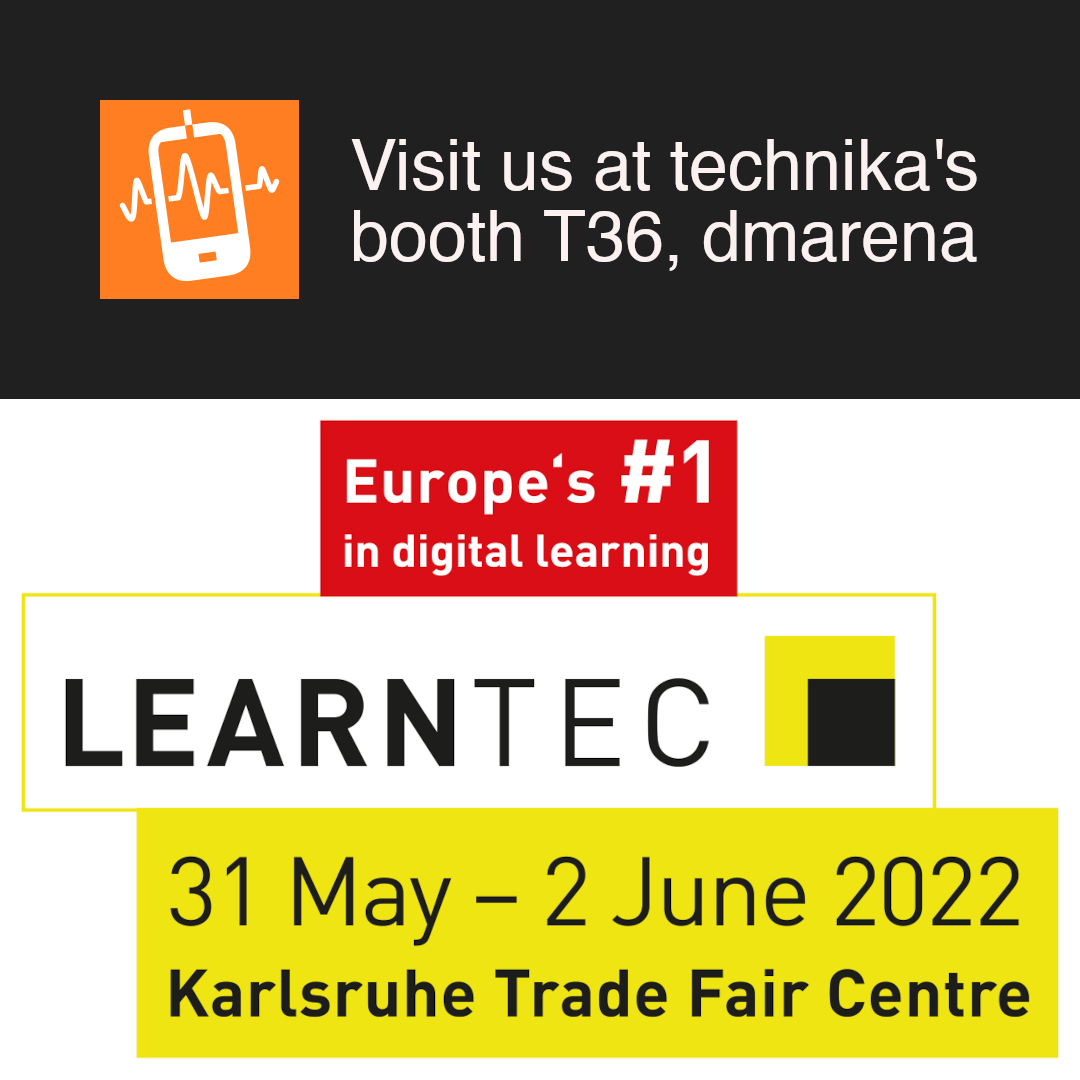Sebastian is leading a “Technology and Labs” session at ICPE 2022 on 6 December at 04:45 UTC with the keynote “A world of smartphone experiments with the app phyphox”. It is followed by Marina Milner Bolotin’s “Phyphox smartphone labs in physics education: Breaking the vicious circle of student disengagement”.
Sebastian will cover experimentation with device sensors, DIY sensors based on the phyphoxBLE Arduino IDE as well as MicroPython library, and collaborative experiments for large audiences. All these are already routinely applied at RWTH Aachen University in physics education and open to the more than 1.5 million installations on (apparently) iPads by educational institutions worldwide* as part of the Volume Purchase Program (VPP) – and even more individual installations.
The International Conference on Physics Education (ICPE) 2022 by the International Union of Pure and Applied Physics (IUPAP) is carried out online on 5–9 December. The regular registration fee is A$60 and registrations are open. Details: ICPE-Website
—
* more than 0.9 million in Germany



